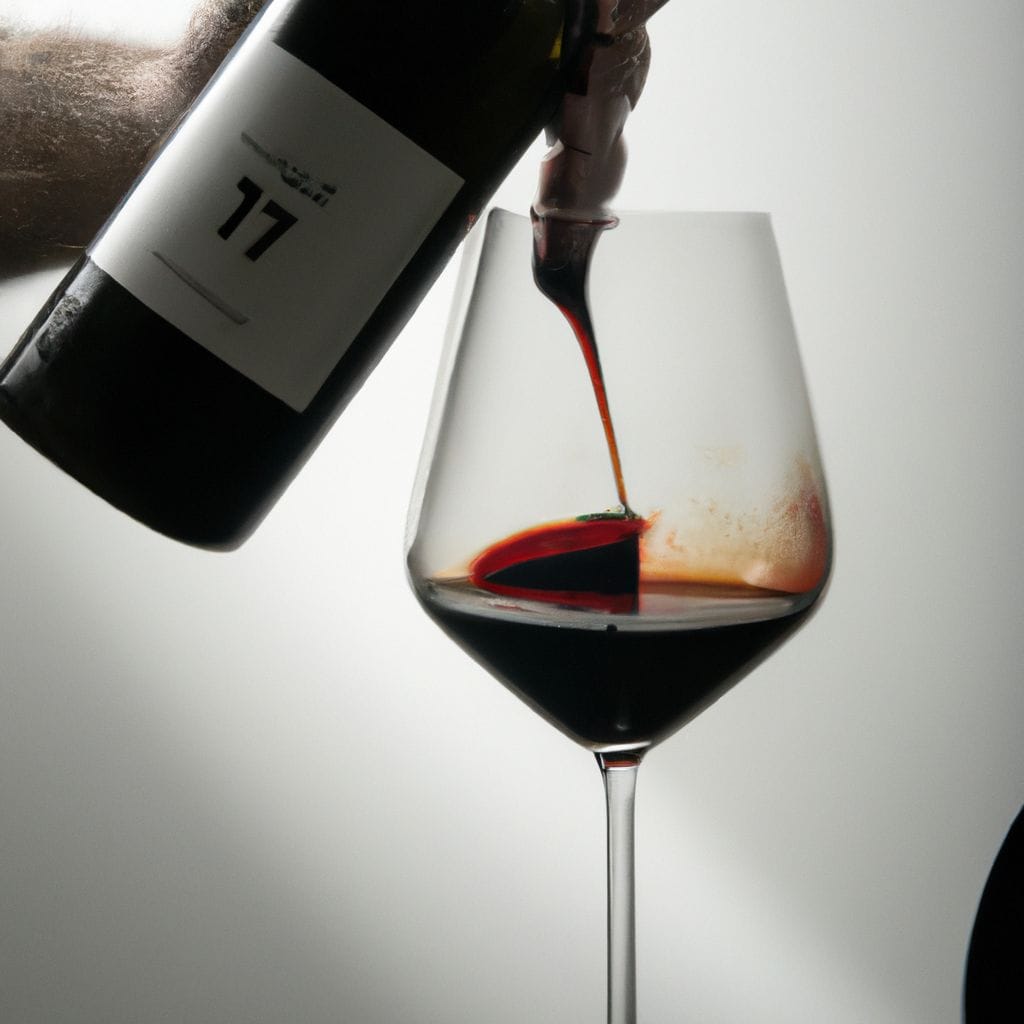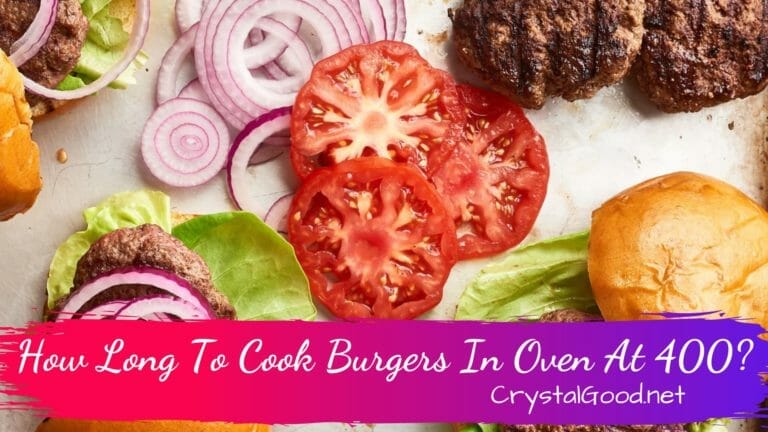Dry wine is a type of wine that has little to no residual sugar, making it a popular choice for many wine drinkers. It is often described as having a crisp, tart flavor, with a hint of fruitiness. Dry wines can range from light and refreshing to full-bodied and complex. Depending on the type of grape used, the flavor of dry wine can vary greatly. Whether you are a novice or an experienced wine drinker, understanding the taste of dry wine can help you find the perfect bottle for any occasion.
Exploring the Different Varieties of Dry Wines and Their Unique Flavors
Contents
- 1 Exploring the Different Varieties of Dry Wines and Their Unique Flavors
- 2 How to Identify a Dry Wine by Its Taste
- 3 The Benefits of Drinking Dry Wines
- 4
- 5 Pairing Dry Wines with Different Types of Food
- 6 The History of Dry Wines and Their Popularity
- 7 Tips for Selecting the Right Dry Wine for Your Palate
- 8 Exploring the Different Regions That Produce Dry Wines
- 9 The Difference Between Sweet and Dry Wines and How to Tell Them Apart
- 10 Conclusion
Ah, dry wines! Whether you’re a connoisseur or just getting started, there’s something special about the unique flavors of dry wines. From the crispness of a Sauvignon Blanc to the boldness of a Cabernet Sauvignon, there’s a dry wine for every palate. Let’s explore the different varieties of dry wines and their unique flavors.
Sauvignon Blanc is a dry white wine with a crisp, refreshing flavor. It has a light body and a bright acidity that makes it perfect for pairing with seafood or salads. Sauvignon Blanc is also known for its herbal and grassy notes, as well as its citrus and tropical fruit flavors.
Chardonnay is a dry white wine with a medium body and a creamy texture. It has a rich, buttery flavor with notes of oak, apple, and pear. Chardonnay is often aged in oak barrels, which gives it a toasty, smoky flavor.
Pinot Grigio is a dry white wine with a light body and a crisp, refreshing flavor. It has a subtle floral aroma and flavors of citrus, green apple, and pear. Pinot Grigio is a great choice for pairing with light dishes like salads and seafood.
Cabernet Sauvignon is a dry red wine with a full body and a bold flavor. It has notes of dark fruit, oak, and spice, as well as a hint of chocolate and tobacco. Cabernet Sauvignon is a great choice for pairing with red meats and hearty dishes.
Merlot is a dry red wine with a medium body and a smooth, velvety texture. It has notes of dark fruit, spice, and chocolate, as well as a hint of oak. Merlot is a great choice for pairing with red meats and rich dishes.
Syrah is a dry red wine with a full body and a bold flavor. It has notes of dark fruit, pepper, and spice, as well as a hint of smoke and leather. Syrah is a great choice for pairing with red meats and hearty dishes.
No matter what your preference, there’s a dry wine for everyone. From the crispness of a Sauvignon Blanc to the boldness of a Cabernet Sauvignon, each variety of dry wine has its own unique flavor. So, why not explore the different varieties of dry wines and discover their unique flavors? Cheers!
How to Identify a Dry Wine by Its Taste
Tasting a dry wine can be a fun and rewarding experience! Here are some tips to help you identify a dry wine by its taste:
1. Look for a crisp, clean taste. Dry wines tend to have a refreshing, tart flavor that is not overly sweet.
2. Notice the texture. Dry wines tend to have a light, smooth texture that is not overly thick or syrupy.
3. Pay attention to the finish. Dry wines usually have a dry, lingering finish that is not overly sweet or cloying.
4. Look for a balanced flavor. Dry wines should have a balanced flavor that is not overly acidic or tannic.
5. Notice the aroma. Dry wines tend to have a subtle, fruity aroma that is not overly intense.
By following these tips, you can easily identify a dry wine by its taste. So, the next time you’re at a wine tasting, be sure to give it a try!
The Benefits of Drinking Dry Wines
Drinking dry wines can be a great way to enjoy a delicious beverage while also reaping some health benefits. Dry wines are those that have a low sugar content, usually less than 1.5% residual sugar. This means that the wine has a crisp, tart flavor that is not overly sweet. Here are some of the benefits of drinking dry wines:
1. Lower Calories: Dry wines tend to have fewer calories than sweet wines, making them a great choice for those looking to watch their calorie intake.
2. Improved Digestion: Dry wines can help to improve digestion by stimulating the production of digestive enzymes. This can help to break down food more efficiently and reduce bloating.
3. Reduced Risk of Diabetes: Studies have shown that drinking dry wines can help to reduce the risk of developing type 2 diabetes.
4. Improved Heart Health: Dry wines contain antioxidants that can help to reduce inflammation and improve heart health.
5. Improved Mental Health: Drinking dry wines can help to reduce stress and improve mood.
So, if you’re looking for a delicious beverage that also offers some health benefits, dry wines are a great choice. Enjoy a glass of dry wine and reap the benefits!
Pairing Dry Wines with Different Types of Food
When it comes to pairing food and wine, there are no hard and fast rules. However, there are some general guidelines that can help you make the perfect pairing. Here are some tips for pairing dry wines with different types of food.
For seafood dishes, a crisp, dry white wine is usually the best choice. Try a Sauvignon Blanc or a Pinot Grigio. These wines have a light, refreshing flavor that pairs well with the delicate flavors of seafood.
For poultry dishes, a dry white wine such as a Chardonnay or a Riesling is a great choice. These wines have a slightly fuller body and a hint of sweetness that pairs well with the flavors of poultry.
For red meat dishes, a dry red wine such as a Cabernet Sauvignon or a Merlot is a great choice. These wines have a bold flavor that pairs well with the rich flavors of red meat.
For vegetarian dishes, a dry white wine such as a Pinot Grigio or a Sauvignon Blanc is a great choice. These wines have a light, refreshing flavor that pairs well with the delicate flavors of vegetarian dishes.
For spicy dishes, a dry red wine such as a Zinfandel or a Syrah is a great choice. These wines have a bold flavor that pairs well with the bold flavors of spicy dishes.
No matter what type of food you’re serving, there’s a dry wine that will pair perfectly with it. With a little experimentation, you’ll be able to find the perfect pairing for any meal. So, don’t be afraid to try something new and enjoy the perfect pairing of food and wine!
The History of Dry Wines and Their Popularity
Dry wines have been around for centuries, and their popularity has only grown over time. From the ancient Greeks to the modern-day connoisseur, dry wines have been a staple of the wine world.
Dry wines are made by allowing the grapes to ferment until all of the sugar has been converted into alcohol. This process leaves the wine with a dry, crisp taste and a higher alcohol content than other types of wines. The result is a wine that is full-bodied and complex, with a range of flavors and aromas.
The popularity of dry wines can be attributed to their versatility. They can be enjoyed on their own or paired with food. They are also a great choice for special occasions, such as weddings and anniversaries.
Dry wines are also popular because they are relatively low in calories and carbohydrates. This makes them a great choice for those looking to watch their weight or maintain a healthy lifestyle.
The popularity of dry wines has also been boosted by the rise of the craft beer movement. As craft beer has become more popular, so too has the appreciation for dry wines. Many craft beer drinkers are now turning to dry wines as an alternative to their usual beer.
Dry wines are also becoming increasingly popular among younger drinkers. Millennials are drawn to the complexity and flavor of dry wines, and they are more likely to experiment with different types of wines than their older counterparts.
No matter your age or preference, dry wines are sure to please. With their complex flavors and aromas, they are sure to be a hit at any gathering. So, why not give them a try? You won’t be disappointed!
Tips for Selecting the Right Dry Wine for Your Palate
1. Start by considering the type of wine you prefer. Do you like a dry, full-bodied red or a light, crisp white? Knowing your preference will help you narrow down your choices.
2. Consider the region the wine is from. Different regions produce different styles of wine, so if you know the region you’re looking for, you can find a wine that suits your taste.
3. Read the label. The label will tell you the type of grape used to make the wine, as well as the alcohol content. This can help you determine if the wine is right for you.
4. Ask for advice. If you’re still unsure, don’t be afraid to ask for help. Most wine stores have knowledgeable staff who can help you find the perfect dry wine for your palate.
5. Taste before you buy. If you’re able to, try a few different wines before you make your purchase. This will help you find the one that’s just right for you.
Finding the perfect dry wine for your palate doesn’t have to be a daunting task. With a little bit of research and some helpful advice, you can find the perfect bottle for your next dinner party or special occasion. Cheers!
Exploring the Different Regions That Produce Dry Wines
Dry wines are a popular choice for many wine lovers, and there are a variety of regions around the world that produce them. From the classic French wines of Bordeaux and Burgundy to the bold and spicy wines of Spain and Italy, there is something for everyone. Let’s take a look at some of the different regions that produce dry wines.
Bordeaux, France is one of the most famous wine regions in the world and is known for its dry red wines. The region is home to some of the most iconic wines such as Cabernet Sauvignon, Merlot, and Cabernet Franc. These wines are known for their intense flavors of dark fruit, spice, and earthiness.
Burgundy, France is another classic French wine region that produces dry wines. The region is known for its Pinot Noir and Chardonnay wines, which are known for their delicate aromas and flavors of red fruit, citrus, and minerals.
Tuscany, Italy is home to some of the most iconic Italian wines such as Chianti and Brunello di Montalcino. These wines are known for their intense flavors of dark fruit, spice, and earthiness.
Rioja, Spain is a region that produces some of the most iconic Spanish wines such as Tempranillo and Garnacha. These wines are known for their intense flavors of dark fruit, spice, and earthiness.
The Douro Valley, Portugal is home to some of the most iconic Portuguese wines such as Port and Vinho Verde. These wines are known for their intense flavors of dark fruit, spice, and earthiness.
These are just a few of the many regions that produce dry wines. Whether you’re looking for a classic French Bordeaux or a bold and spicy Spanish Rioja, there is something for everyone. So, why not explore the different regions and find the perfect dry wine for you?
The Difference Between Sweet and Dry Wines and How to Tell Them Apart
When it comes to wine, there are two main categories: sweet and dry. Knowing the difference between the two can help you choose the perfect bottle for any occasion.
Sweet wines are made with grapes that have been left on the vine longer than usual, allowing them to become more ripe and sweet. These wines are usually higher in sugar and have a sweeter taste. Sweet wines can range from light and fruity to rich and syrupy.
Dry wines, on the other hand, are made with grapes that have been picked earlier in the season. These wines are lower in sugar and have a more tart, acidic taste. Dry wines can range from light and crisp to full-bodied and complex.
So how can you tell the difference between sweet and dry wines? The easiest way is to look at the label. Sweet wines will usually have a higher sugar content, so look for words like “dessert” or “fortified” on the label. Dry wines will usually have a lower sugar content, so look for words like “dry” or “crisp” on the label.
Another way to tell the difference between sweet and dry wines is to taste them. Sweet wines will have a sweeter, more syrupy taste, while dry wines will have a more tart, acidic taste.
No matter what type of wine you prefer, knowing the difference between sweet and dry wines can help you choose the perfect bottle for any occasion. So the next time you’re in the wine aisle, take a few moments to read the labels and taste the wines to find the perfect bottle for you!
Conclusion
In conclusion, dry wine can taste like a variety of different flavors depending on the type of grape used, the region it was grown in, and the winemaking process. Generally, dry wines have a crisp, acidic taste with notes of fruit, herbs, and spices. They can also have a tannic structure that gives them a dry, astringent finish. Ultimately, the taste of dry wine is subjective and can vary greatly depending on the individual.














